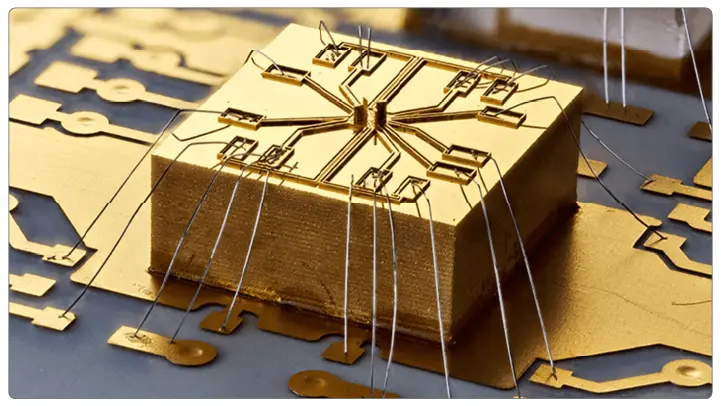Additive Manufacturing Powers Miniaturized Ion Traps for Quantum Computing
A Miniaturized quadrupole ion trap was used for the first time via 3D printing, and the experiments show potential for building a large-scale quantum computer. The research was conducted collaboratively at Lawrence Livermore National Laboratory, the University of California, Berkley, UC Riverside, and UC Santa Barbara. It is considered a major milestone to build hardware for quantum computers. The team’s findings are published in Nature, a renowned scientific journal.

The director of the Livemore center for quantum science said, “This is the sort of technological change that’s going to take ion traps from working well with just a few ions to doing something that we would consider a computation and, hopefully, to something we can start using as a computer.”
Qubits should remain in a quantum state for as long as possible and work reliably, allowing researchers to encode data and perform operations on it effectively. However, there is a difference between performance and scalability. Thus, researchers commonly utilize “planar” for trapping ions that can scale and build large-scale information processing systems. However, conventional 3D designs perform better than this. The team saw a solution in 3D printing and implemented a two-qubit entangling gate with 98% accuracy, offering single-qubit rotations and measuring heating rates of motions, which is crucial as a source of error for trapped-ion quantum gates.
According to MED staff engineer and co-author Abhinav Parakh, “To be able to harness the exponential computational power [from quantum computing], we need to have multiple ions entangled with each other, bring them close, do computation with them, and then pull them apart — something can be done efficiently using 3D printed structures.”
Therefore, as designs evolve, the team expects to integrate photonics and electronics on the same chip, which will make the whole system cost-effective and highly efficient. The team hopes that their groundbreaking approach will be beneficial for LLNL, which will facilitate the development of scalable quantum computing hardware and serve as a catalyst for future collaborations that support their ideas in converting them into commercial use cases by leading players in the quantum computing sector.